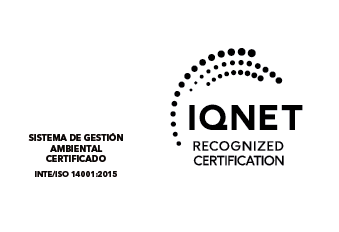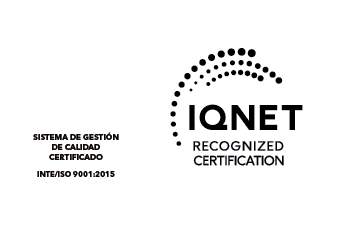Community bonding is at last what gives purpose to the workplace and helps collaboration.
When our coworkers are together in the office, informal conversations improve their lives and enhance their working experience. Through these discussions, companies connect and learn more about their individuals. Community bonding is at last what gives purpose to the workplace and helps collaboration.
Working from home has changed our perspective of a working environment.
Some companies and their workers are coming back to the office after having no other option besides remote working, and for some of them, this helped to reflect their personality and carefree style. For others, it was a challenge to create a productive environment amid their family and the other rooms. Putting limits between work and family has provoked anxiety for some people, and some of them are returning to the office to separate more precisely their worktime.
Nowadays, when collaboration between employees is needed, they connect each other using digital tools, but not without risking that some knowledge exchange gets lost in the process.
As employees return to their offices, they wish flexibility in spaces accordingly, and traditional desks are becoming outdated. Last year’s news showed us collaboration between peers is pivotal for the productivity of our companies, therefore, workspaces should improve to boost teamwork.
There are two important opportunities for companies when their workers return to the office:
- Teamwork: Collaboration in the office is better than remote working because it promotes connection, learning, and brainstorming. Teamwork in-site with all the safety protocols should be more effective for the companies’ goals.
- Access to tools and new spaces: Working from home sometimes comes with some distractions, and returning to the office meant more focus for some of us. In a workplace, employees can access a wider display of tools and elements not available at their homes, including meeting rooms and direct contact with clients.
The back-to-office plan should include design elements that span each community. Employees can contribute and share their meaningful and inspiring experiences. The addition of these staff elements further amplifies the voice of employees to share their stories while also elevating and celebrating the diverse origins of companies and what uniquely inspires all of them.
This return to the offices is driven by the desire to network and work collaboratively. The union will improve wellness, mentoring, and strengthen mental health. Flexibility in where and when employees work will ease anxiety and transition to the office environment. More importantly, the contributions we make to employees will be welcomed along with the benefits of being physically in an office working as a team.




